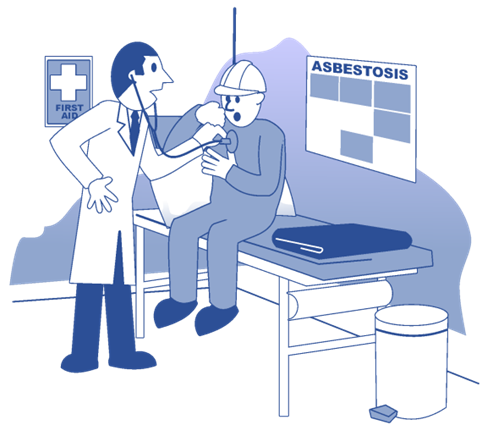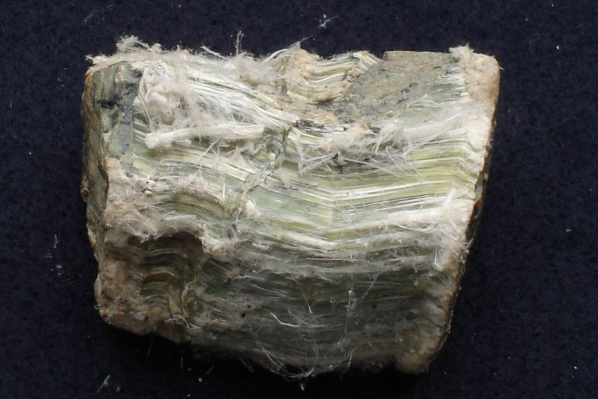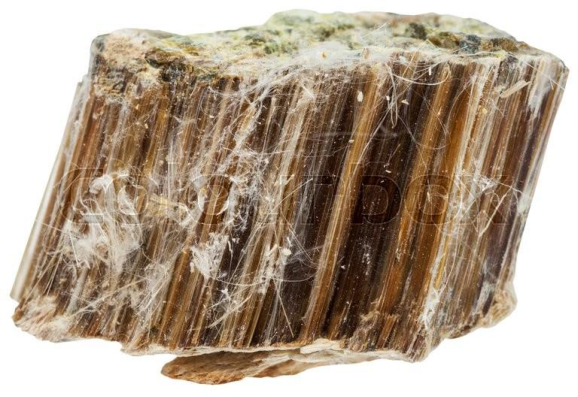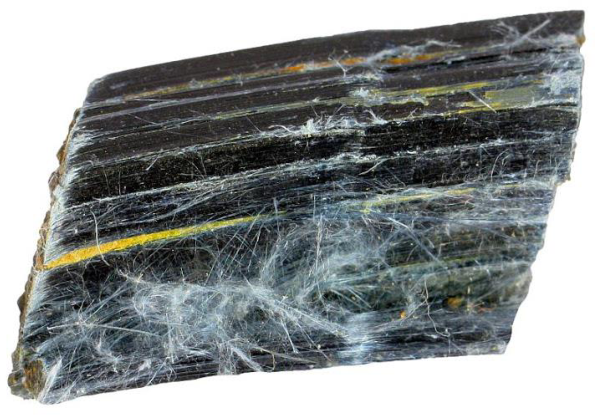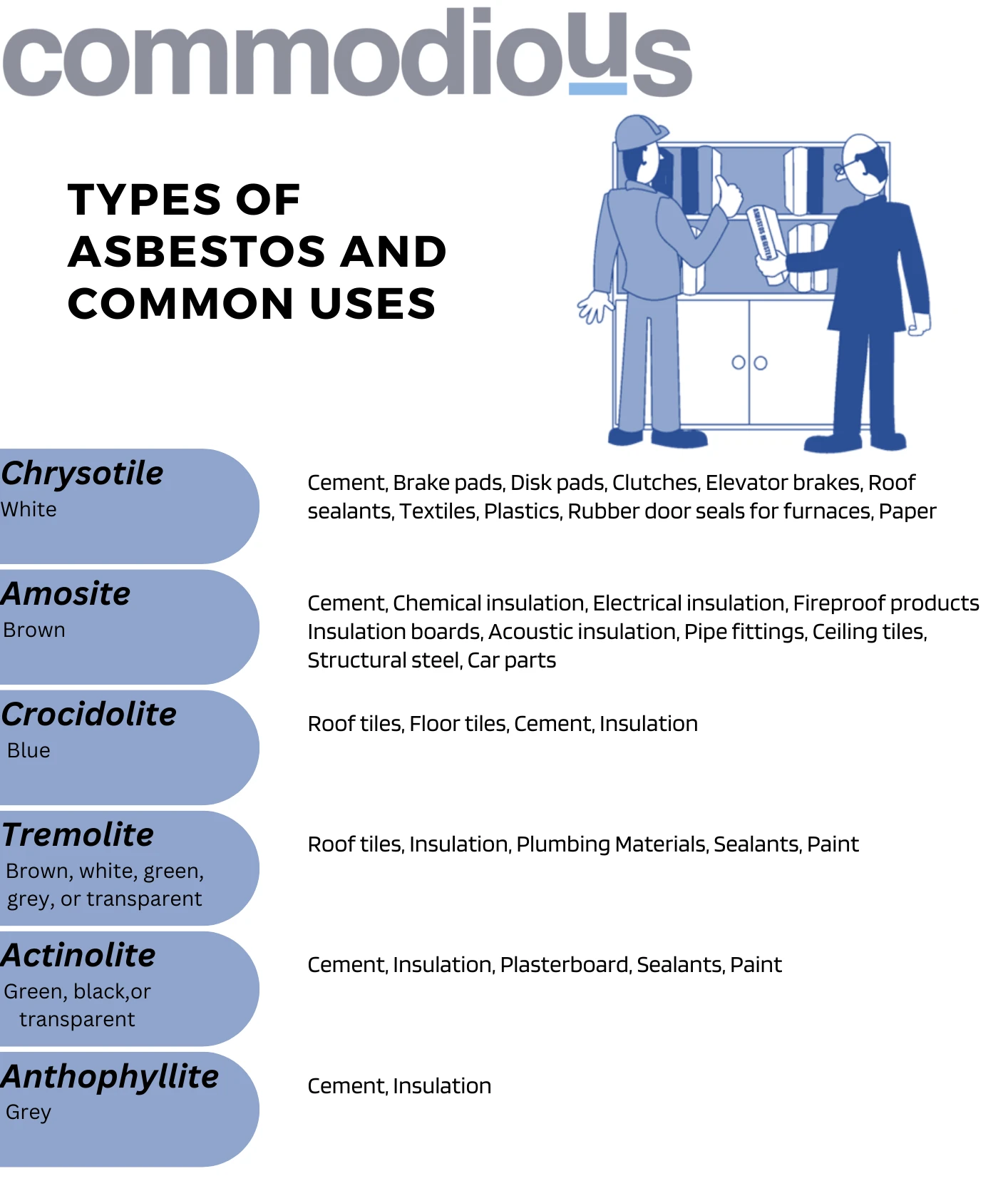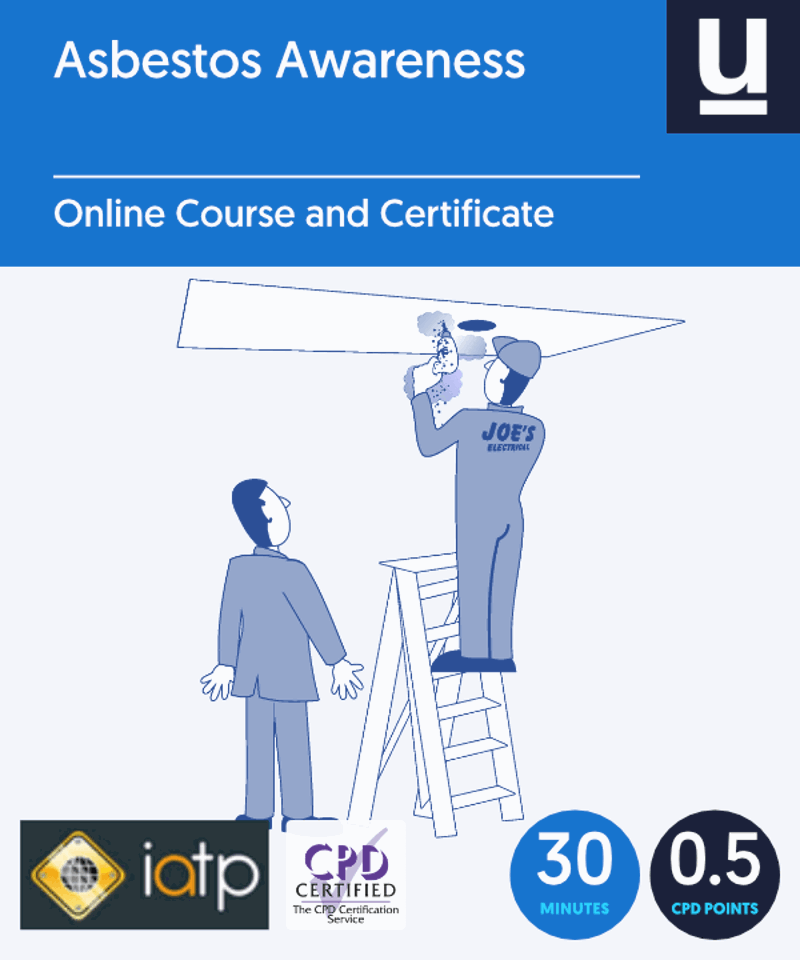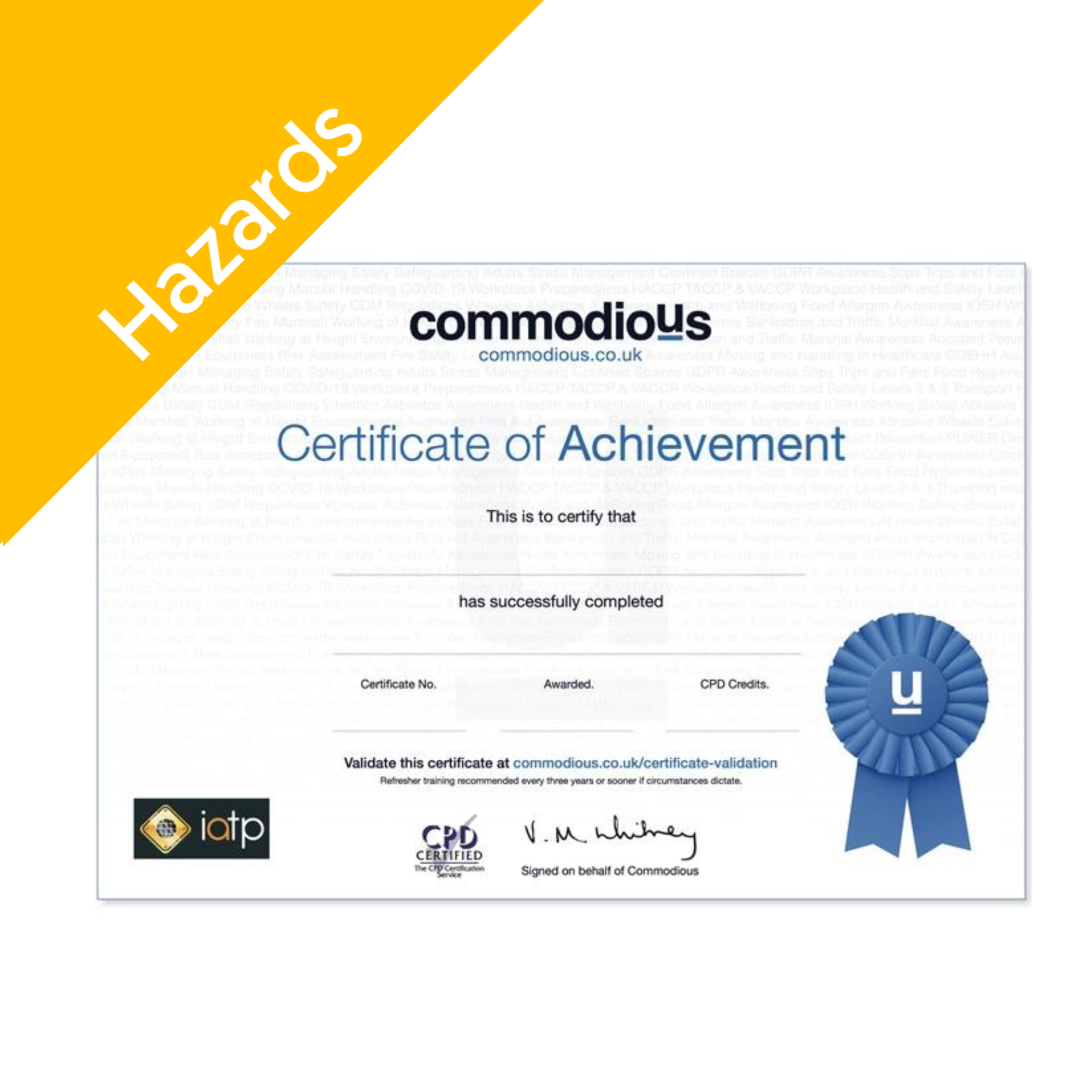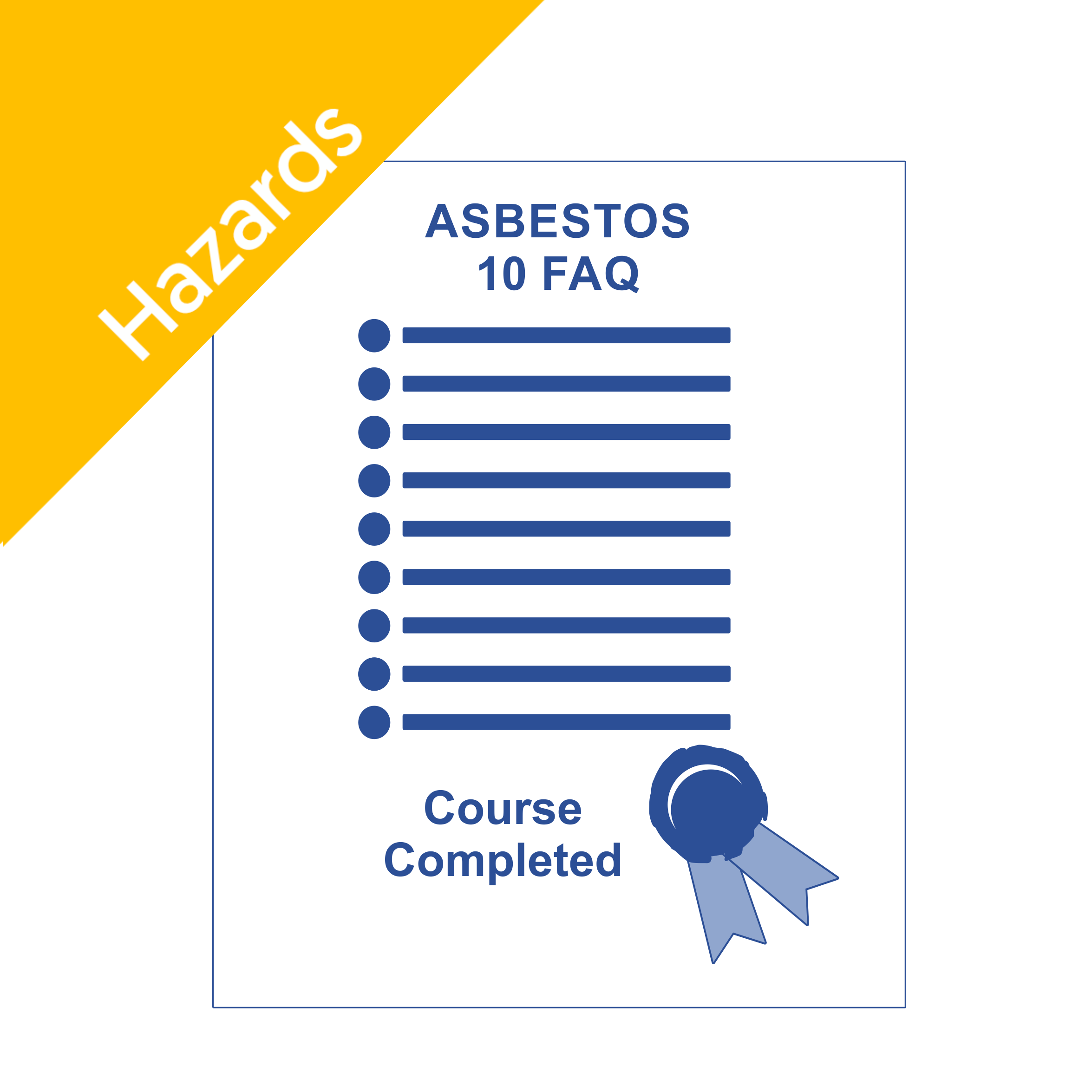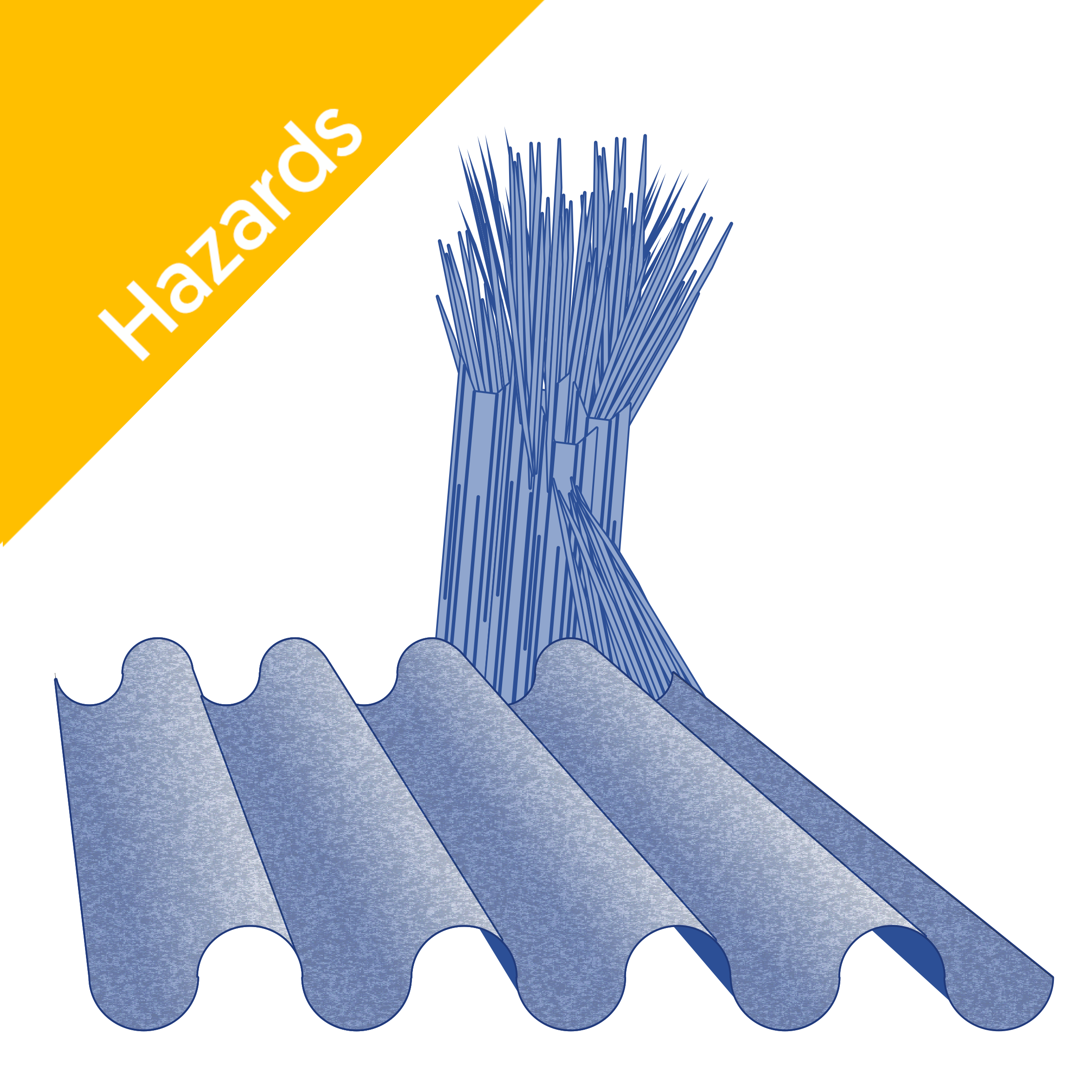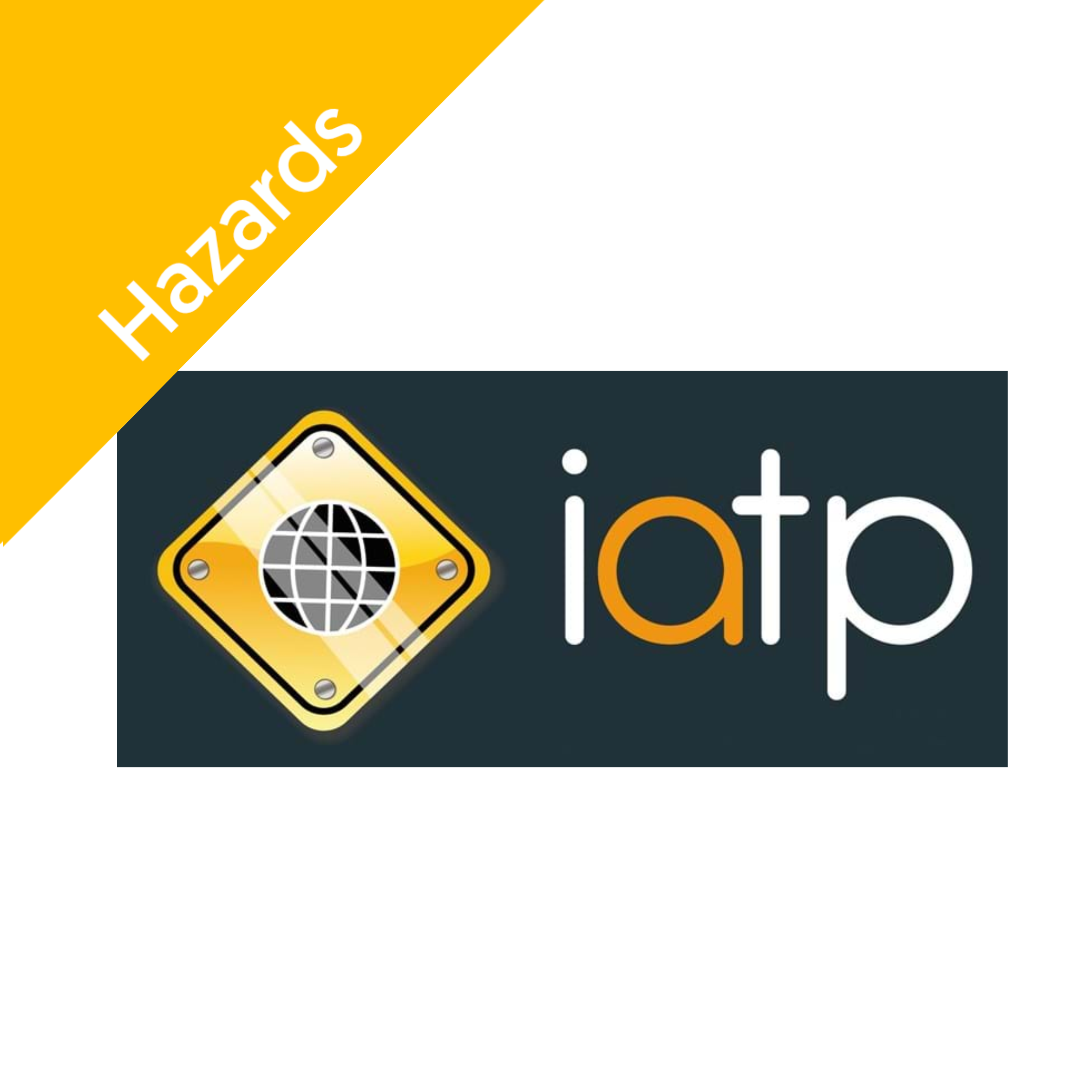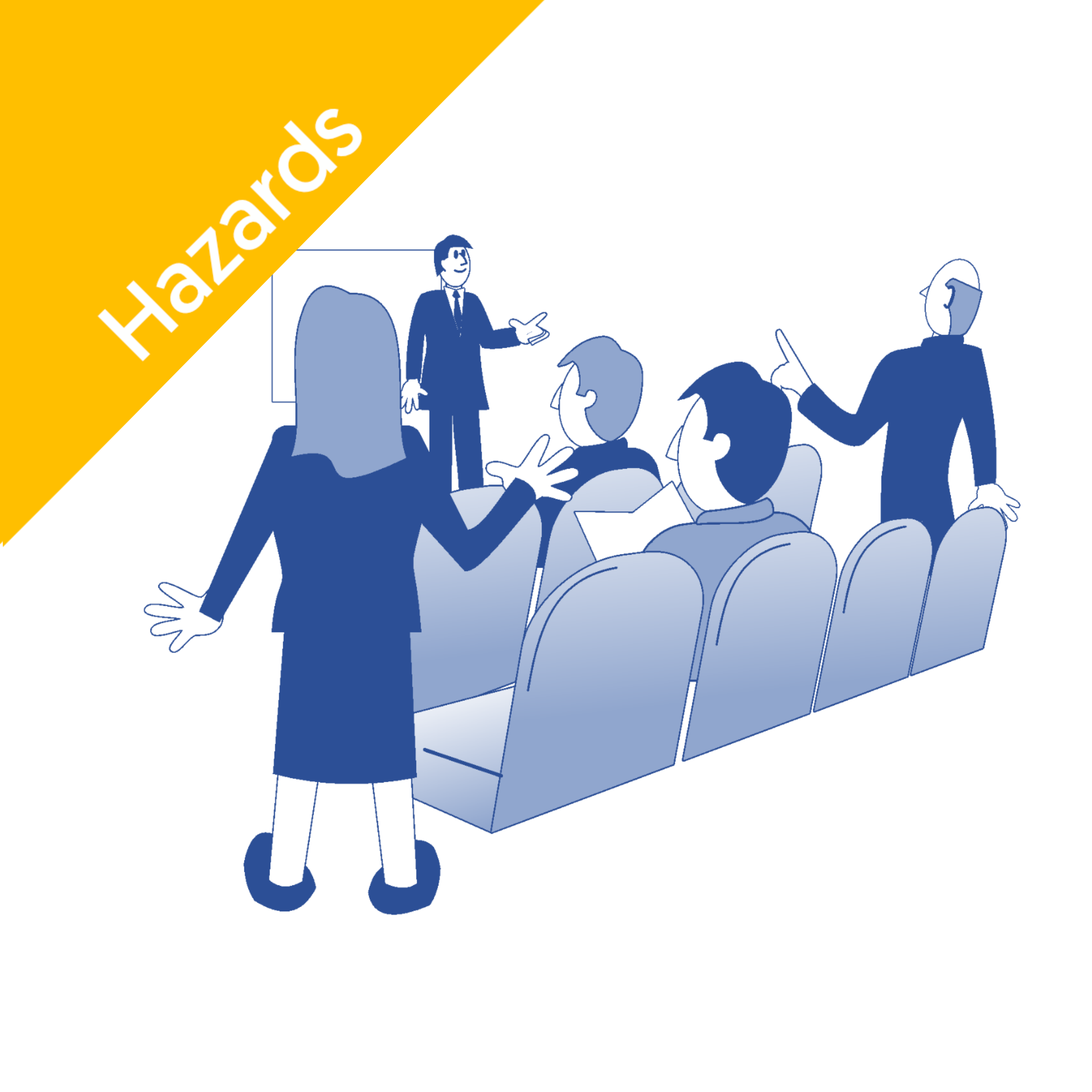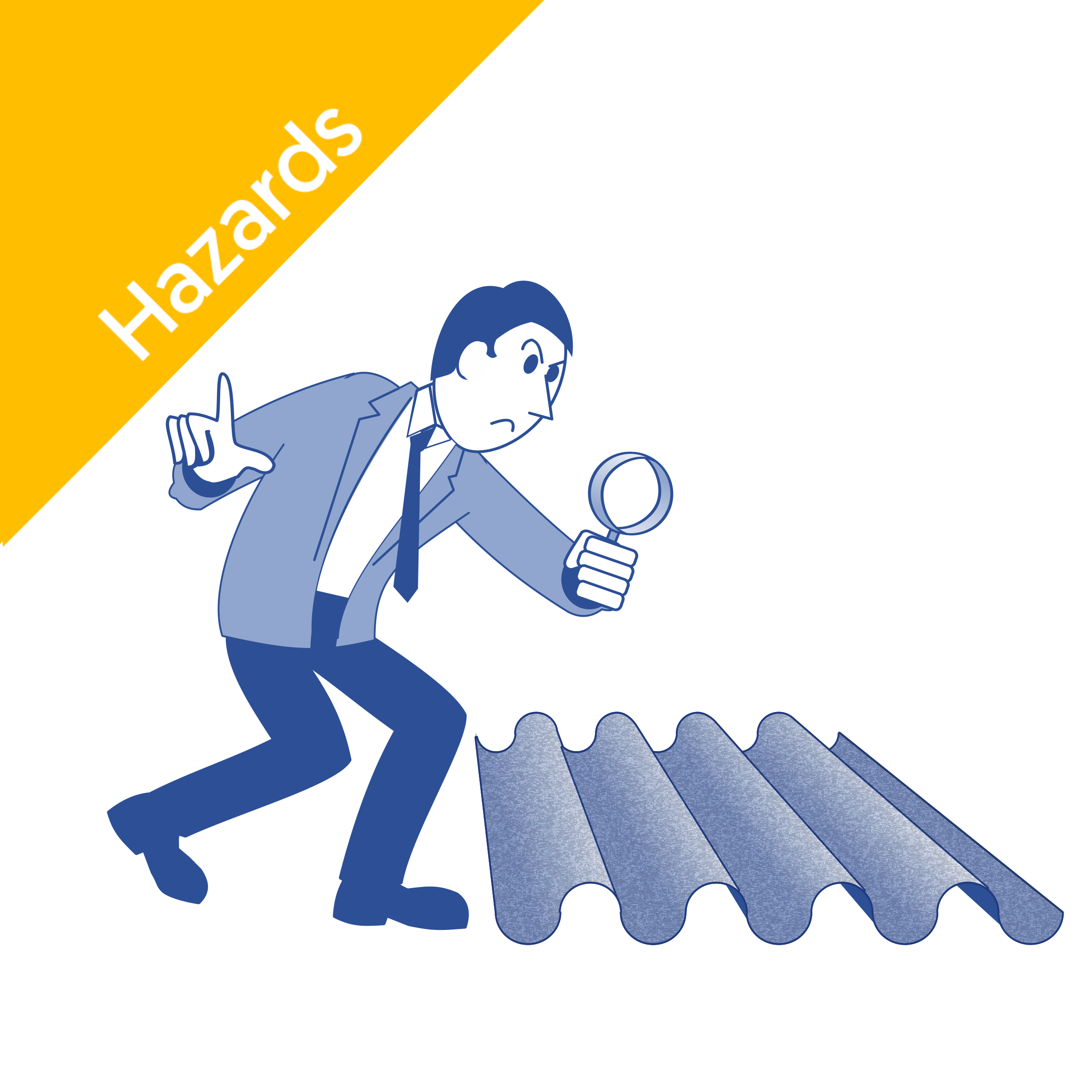Asbestos-related diseases kill approximately 6,500 people annually, making them the leading cause of work-related deaths in the United Kingdom. While asbestos is now illegal in the UK, it can still be present in specific locations. You must know the risks if your work is likely to disturb asbestos.
Everyone who works on the refurbishment or maintenance of a building may experience asbestos exposure - including all tradespeople, particularly joiners, electricians, and plumbers. Many people may be accidentally exposed to asbestos in the workplace, making it necessary for all at-risk workers to understand what it is, where it is likely to be found, and what to do if asbestos-containing materials (ACM) are discovered.
What Is Asbestos?
Asbestos is the collective term for silicate minerals with fibrous crystals. Throughout the twentieth century, it was widely mined and utilised in various items, including textiles, plastics, and cement.
Asbestos occurs when a heated magnesium-rich rock, such as peridotite, combines with water in the earth's mantle. This process forms many hydrated magnesium silicates, including asbestos, which can be mined.
There are six naturally occurring silicate minerals with a thin fibrous crystal structure which are classed as asbestos. These are Chrysotile, Amosite, Crocidolite, Tremolite, Actinolite, and Anthophyllite.
Why Was Asbestos Used So Widely?
The popularity of asbestos skyrocketed during the 1800s because of its various attributes. It was considered an ideal choice for cement and fibre boards as it possessed incombustible properties and remarkable tensile strength. Manufacturers use asbestos in insulation and braking systems because of its heat resistance.
Before fully understanding the dangers of asbestos, its strength, durability, and affordability made it an ideal choice for builders. Because asbestos is frequently mixed with other materials, it's often difficult to tell if you're dealing with it.
As a general indicator, asbestos is likely present in some areas if you work in a building constructed before 2000, as all forms of asbestos use was banned in the UK in 1999.
Is Asbestos Dangerous?
In short, yes. Asbestos comprises several microscopic mineral fibres that, if inhaled, can induce various deadly diseases.
Anyone who works on the fabric of a building is more likely to be exposed to asbestos-containing materials, exacerbating the already severe risks.
Some asbestos-containing materials (ACMs) are more hazardous than others. This article explains the differences and how to identify each type of asbestos.
Diseases Caused by Asbestos Exposure

